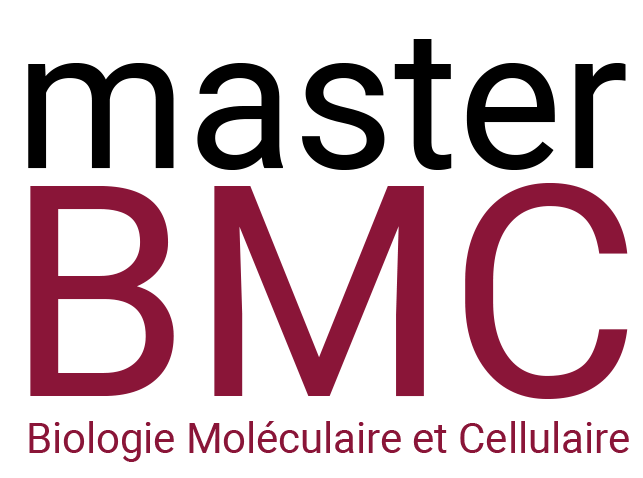
Person in charge
Claire Morvan
Objectives
Realization of a bacterial physiology work on cysteine metabolism in Bacillus subtilis using functional genomics, molecular genetics and study of a regulatory network combined with data analysis in computer room (transcriptome, search for regulatory motifs, phylogeny, structure of the regulator).
Practical work 40h
The practical work focuses on the regulation of cysteine metabolism in Bacillus subtilis with a study of the genes involved in the transport and biosynthesis of this amino acid and the associated complex regulatory network.
At the end of these lectures, students will write a protocol on aspects that they will be asked to carry out in lab: choice of media to be used to characterize their strains and gene inactivation strategy.
During the lab, they will carry out mutant constructions, analyze mutant phenotypes in terms of growth and regulation, cascade regulation, and the notion of epistasis.
Tutorial 12 hours
Two tutorials are given to present the study system and to prepare the practical work:
- Cysteine metabolism, genes involved and regulation of the system, link with stress responses and virulence with an example in a bacterium pathogenic to humans Staphylococcus aureus.
- Competence, transformation and genetics in B. subtilis
- Regulatory mechanisms in prokaryotes: epistasis, cascade regulation, complex formation between regulator and enzyme (CysK-CymR).
A bioinformatics analysis lab at the end of the lab: the students will visualize the structure of the CymR regulator studied in the lab, they will analyze the DNA microarray data to identify all the controlled genes, search in silico for the regulator binding motif and perform a phylogenetic analysis of the regulators involved
Targeted skills
- Master experimental methodologies commonly used in bacteriology
- Know how to explain an experimental protocol in a concise way
- To critically analyze experimental results; to be able to present these results in the form of a laboratory report
- Work in a group

